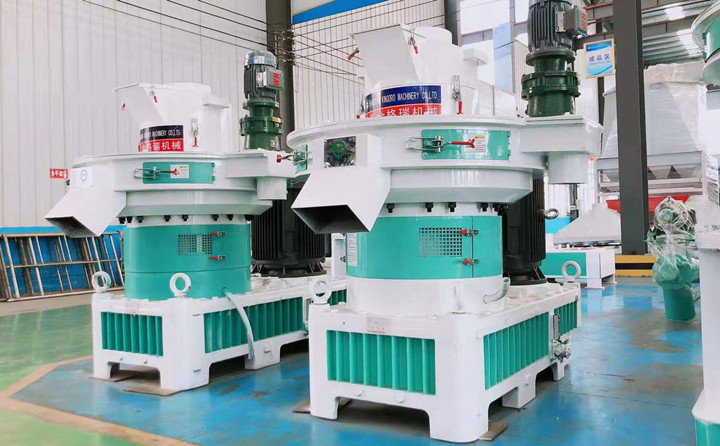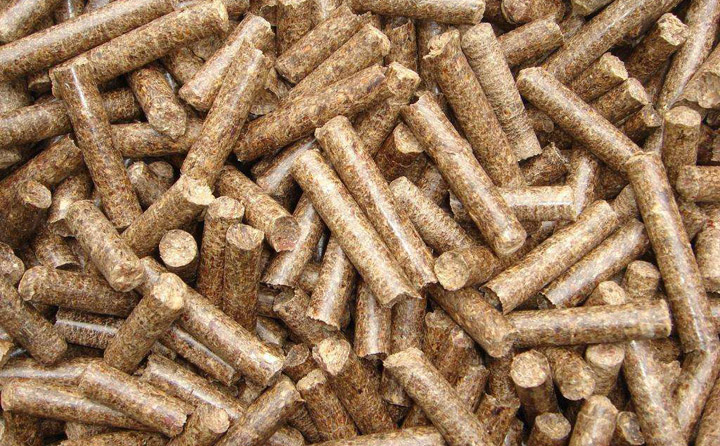Biomass fuel is a new columnar environmental protection power generated by biomass fuel pellet machining, such as straw, straw, rice husk, peanut husk, corncob, camellia husk, cottonseed husk, etc. The diameter of biomass particles is generally 6 to 12 mm. The following five are the common reasons for the abnormal appearance of pellets in the pellet machine.

1. The pellets are curved and show many cracks on one side
This phenomenon typically occurs when particulate fuel leaves the annular space. During the manufacturing process, when the cutter is far from the surface of the ring die and the edge becomes dull, the pellets extruded from the ring die hole of the biomass pellet machine can be broken or torn by the cutter instead of the usual cut. The fuel bends and other cracks appear on one side. This granular fuel is easily broken during transportation and many powders appear.
2. Horizontal cracks penetrate the entire particle
Cracks appear in the cross section of the particle. The fluffy material contains fibers of a certain pore size, so many fibers are contained in the formulation, and when the granules are extruded, the fibers break under the cross-section of the expanded granules.
3. Particles produce longitudinal cracks
The formula contains fluffy and slightly elastic raw materials that absorb and swell after quenching and tempering. After compression and granulation through an annular die, longitudinal cracks will occur due to the action of water and the elasticity of the raw material itself.
4. Particles produce radial cracks
Unlike other softer materials, it is difficult to fully absorb the moisture and heat from the steam because the pellets contain large particles. These materials tend to soften. Particles can cause radiation cracking due to differences in softening during cooling.
5. The surface of biomass particles is not flat
Irregularities in the particle surface can affect the appearance. The powder used for granulation contains large granular raw materials that are not pulverized or semi-pulverized, and are not sufficiently softened during tempering and do not combine well with other raw materials when passing through the die holes of the fuel granulator, Therefore, the particle surface is not flat.
Post time: Apr-21-2022










